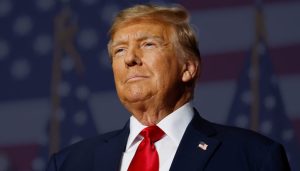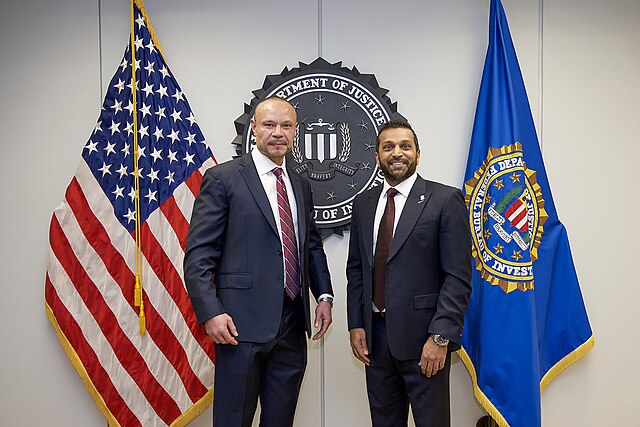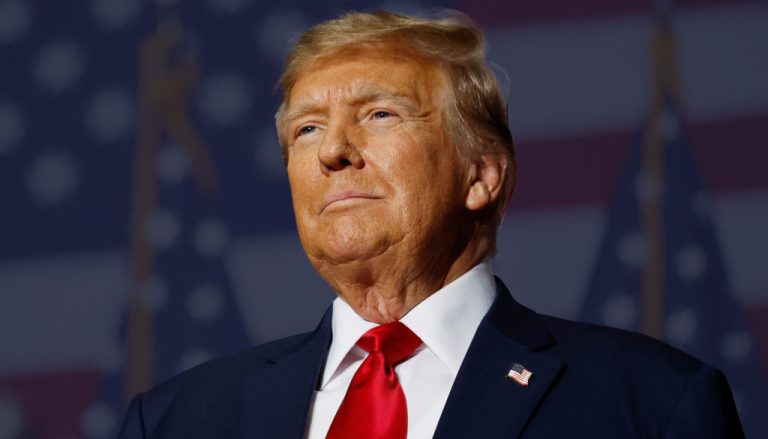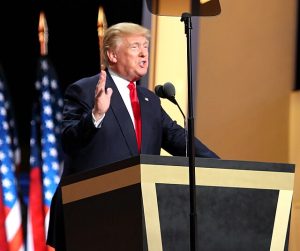The Federal Bureau of Investigation is undergoing another notable change in its leadership structure. Attorney General Pam Bondi and FBI Director Kash Patel announced that Missouri Attorney General Andrew Bailey will join the Bureau as a Co-Deputy Director, serving alongside current Deputy Director Dan Bongino. The move represents an unusual development in the hierarchy of the FBI, as it introduces a dual leadership arrangement for one of the agency’s top positions.
Andrew Bailey, who has served as Missouri’s attorney general since early 2023, will officially step down from that office on September 8, 2025, to assume his new responsibilities at the FBI. His appointment follows months of speculation regarding tensions within the Bureau’s leadership, and observers have interpreted his addition as an effort to balance differing perspectives and management approaches at the top of the agency.
Bailey’s background includes service as a decorated military veteran as well as years of public service in Missouri. During his tenure as attorney general, he launched an anti-human trafficking task force, worked to reduce a backlog of forensic evidence kits, and pursued criminal prosecutions at an accelerated pace. He also took steps to hold public officials accountable, from calling for the resignation of a sheriff over financial mismanagement to overseeing indictments in cases involving local corruption. His record has been frequently cited as evidence of his commitment to both law enforcement and accountability in government.
In announcing the appointment, Attorney General Bondi described Bailey as an accomplished public servant whose experience would bring valuable expertise to the Bureau. She emphasized his record as a state attorney general and his military service, calling him a strong addition to the team. FBI Director Patel echoed that sentiment, noting that the Bureau aims to enlist the best talent available in order to advance its mission of protecting the American people. Patel also suggested that Bailey’s appointment reflects a continued focus on high-profile enforcement efforts, ranging from organized crime to counterterrorism and child exploitation.
https://twitter.com/FBIDDBongino/status/1957572352889283039
Bailey himself issued a statement of gratitude, thanking President Trump, Attorney General Bondi, and Director Patel for entrusting him with the role. He pledged to contribute fully to the mission of making the country safer and reaffirmed his commitment to public service. For Bailey, the transition represents a shift from state-level law enforcement to one of the most prominent investigative roles in the federal system.
The appointment also carries implications for Missouri. With Bailey’s departure, Governor Mike Kehoe has announced that former U.S. Attorney and state House Speaker Catherine Hanaway will succeed him as attorney general beginning September 8. Hanaway has outlined a platform focused on a tough-on-crime agenda, signaling continuity with Bailey’s policies while also bringing her own experience to the office.
At the federal level, the creation of a co-deputy director structure within the FBI has drawn attention. Historically, the Bureau has operated with a single deputy director, a role that is second only to the director. Adding a second person to the position suggests both an effort to expand leadership capacity and a response to internal challenges. Reports of disagreements between Bondi and Bongino have fueled speculation that Bailey’s appointment may serve as a stabilizing measure. By introducing another senior figure with established credentials, the Department of Justice may be seeking to diffuse potential conflicts and ensure continuity of leadership.
From a broader perspective, the development reflects the administration’s emphasis on reshaping key law enforcement institutions. President Trump and senior officials have consistently framed their approach in terms of strengthening law and order, emphasizing aggressive prosecution of crime, efforts to secure the border, and a determination to combat corruption. Bailey’s appointment fits into this context as part of a team assembled to deliver on those priorities.
Public reaction to the announcement has included both praise for Bailey’s record and questions about how the new structure will function in practice. Supporters highlight his prosecutorial achievements and military service, while critics raise concerns about concentrating leadership among closely aligned political figures. Regardless of viewpoint, the decision underscores the unusual steps being taken to redefine leadership at one of the nation’s most powerful law enforcement agencies.
As Bailey prepares to leave Missouri and enter federal service, his appointment marks a new chapter for both the FBI and the state he leaves behind. His tenure will be closely watched for signs of how a co-deputy arrangement affects decision-making and operational outcomes at the Bureau. For the moment, the move represents a blend of continuity, political alignment, and structural innovation in federal law enforcement.

James Jenkins is a celebrated Pulitzer Prize-winning author whose work has reshaped the way readers think about social justice and human rights in America. Raised in Atlanta, Georgia, James grew up in a community that instilled in him both resilience and a strong sense of responsibility toward others. After studying political science and creative writing at Howard University, he worked as a journalist covering civil rights issues before dedicating himself fully to fiction. His novels are known for their sharp, empathetic portraits of marginalized communities and for weaving personal stories with broader political realities. Jenkins’s breakout novel, Shadows of Freedom, won national acclaim for its unflinching look at systemic inequality, while his more recent works explore themes of identity, resilience, and the fight for dignity in the face of oppression. Beyond his novels, James is an active public speaker, lecturing at universities and participating in nonprofit initiatives that support literacy and community empowerment. He believes that storytelling is a way to preserve history and inspire change. When not writing, James enjoys jazz music, mentoring young writers, and traveling with his family to explore cultures and stories around the world.









